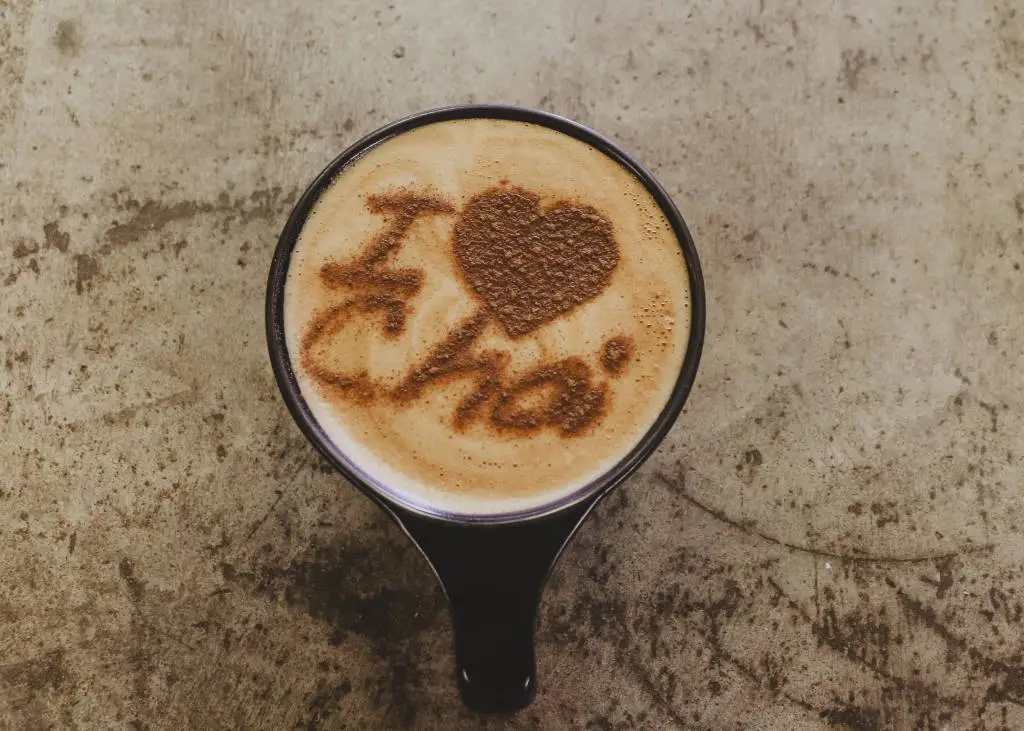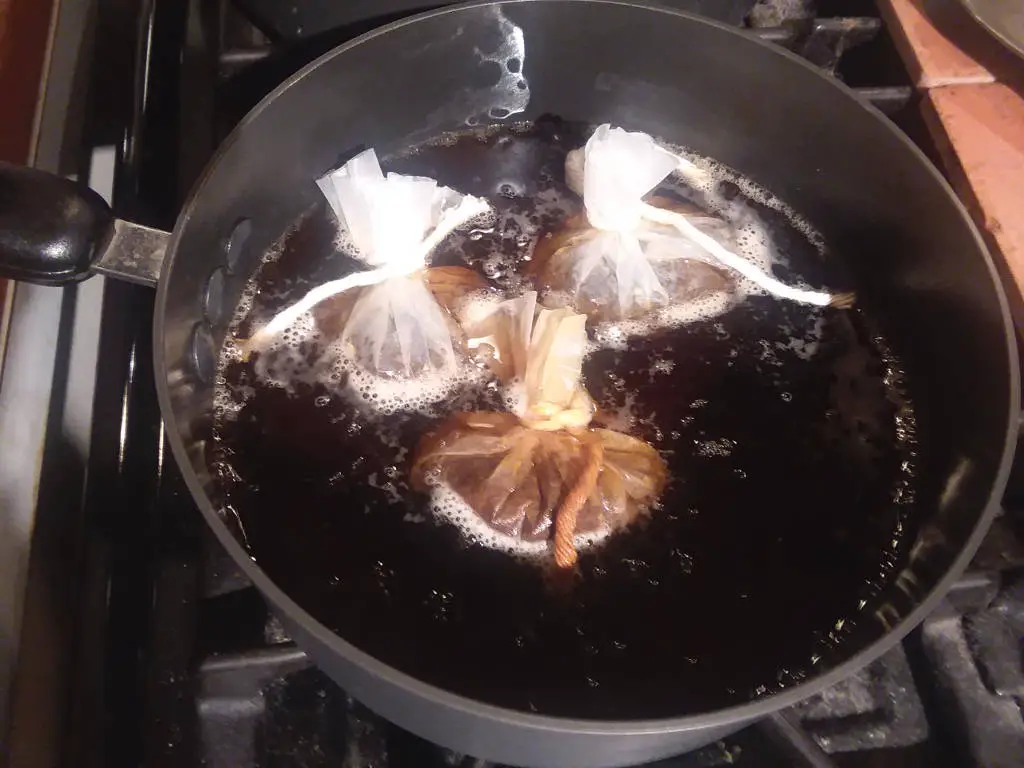Low-Waste Starbucks Chai Copycat Recipe

Low-Waste Starbucks Chai Copycat Recipe
Disclosure: This post contains affiliate links. That means that if you click on one of them and make a purchase, I may earn a commission. Thanks for your support!

I love Starbucks chai latte, I cannot lie. I also love many of their other flavored lattes, but the chai latte is my absolute favorite. Some years back I discovered that the brand that Starbucks uses is Tazo chai concentrate, and started making my own Starbucks chai copycat lattes at home with concentrate that I bought at Target, which comes in containers like this:

If you mix this concentrate with some milk (or in my case, soymilk), it tastes almost exactly like what you get at Starbucks. But I have felt pretty guilty about the number of these Tetra Pak cartons I was going through. They are technically recyclable in my community, but I know from my Master Recycling course that they are one of the most difficult items to recycle due to their layers and mixed materials.
My soymilk comes in these types of cartons too, but at this point I’m not prepared to start making my own soymilk. However, I thought that I ought to be able to figure out how to make my own chai concentrate. I began experimenting, and eventually settled on a recipe that I think tastes just as good as what I had been drinking, and creates less waste. It’s saving me money too!
My Homemade Chai Recipe
First of all, if you want to make chai that tastes like the real thing, which is a version of traditional Indian masala chai (the word “chai” just means “tea”), you can’t just steep a teabag in water. Real masala chai tea is simmered over a stove until it is quite strong and thick. If you steep chai tea in a clear glass, you’ll be able to see through it. If you pour strong chai tea concentrate into a clear glass, it is too cloudy to see through. That’s what you want, otherwise your tea will just taste watered down and weak. Simmering on the stove is the key, which makes it a bit more work than a regular old cup of tea. But so worth it!
Ingredients (makes one large mug of tea):
All of these ingredients can be adjusted based on your taste of course, but I find these amounts to be right for a nice strong, sweet cup of tea, that’s not too milky.
- A cup of water, plus a little extra.
- 2 heaping teaspoons of loose chai tea (or 2 chai tea bags).
- 2 teaspoons of honey (or more or less to taste).
- A splash of vanilla extract (optional, your tea may already include vanilla).
- Slightly less than a cup of the milk of your choice. (I like my chai to be approximately half tea/half milk but slightly more tea than milk.)
Bring water to boil in a pot or teapot. Turn down to low and simmer tea in water for at least 10 minutes (see tips below for how to simmer loose tea without creating a mess). Keep covered or else you may need to add some more water as it boils off.
Remove tea and add vanilla and honey, stirring to allow honey to completely dissolve. Add milk and warm back up to temperature (if serving hot). Pour into a mug and serve hot (or you can chill and serve cold over ice). Sprinkle a bit of cinnamon or nutmeg on top to make it extra delectable.
Chai Tea Making Tips
Make a big batch for the week to save time.
Making chai tea is a bit more work than pouring some boiling water over a tea bag in the morning, so I like to make up a big batch at the beginning of the week. After I let it cool, I store it in a big glass jar in the fridge so that in the mornings all I need to do is heat it up.
Loose tea is healthier.
In a previous post, I talked about the fact that many tea bags have plastic in them, which release millions of microplastics into your hot drink. Because of this, I am switching to loose leaf tea whenever possible. If you like the taste of Starbucks chai latte, look for a brand that has the same ingredients (Black Tea, Black Pepper, Ginger, Cardamom, Cinnamon, Cloves and Star Anise) and you’ll probably be fine.
Make your own tea sachets for less mess.
If you are making your chai with loose tea, you can throw your tea into the water loose and strain it off after simmering, but I find that it is messy and a lot of extra work. You can use metal tea infusers/strainers, but if you make a big weekly batch like I do, you’ll need a bunch of them.
I have been making homemade tea bags from basket coffee filters and some butcher’s twine (see photo below). I compost the whole thing once it’s played out since the filter is paper and the twine is cotton. You could also use cheesecloth or a porous cotton cloth like muslin, or a Thai tea sock which would be reusable many times. (But don’t use any synthetic fabrics, that will put plastic into your drink!)

Create your own blend!
If you really love chai, but the brand you buy doesn’t have enough zing or you think it would taste even better if it had some nutmeg in it, create your own blend! The base of a traditional masala chai tea usually consists of black tea, cardamom pods and ginger, with other spices added as desired. Some of the other popular spices include black pepper, cloves, cinnamon, star anise, nutmeg, fennel, licorice and more. Have fun and create your own unique beverage!
Froth it for true authenticity.
To really make your chai latte like the ones they make at Starbucks, you should froth your milk to make it light and foamy. I used to have a little battery-operated frothing wand, and it did make the milk nice and fluffy. But once it broke, I didn’t find it worth buying again, chai with plain unfrothed milk tastes just fine to me. And I’m pretty sure the traditional Indian way of making chai never included frothing milk, so I figure I can live without it too.
Recycle those tea cans!
If your loose tea comes in cans, they are recyclable, but many communities don’t want them in your commingled, single stream recycling bin, you’ll probably need to take them to a city drop-off or a metal recycler. Read about recycling tea tins here.




